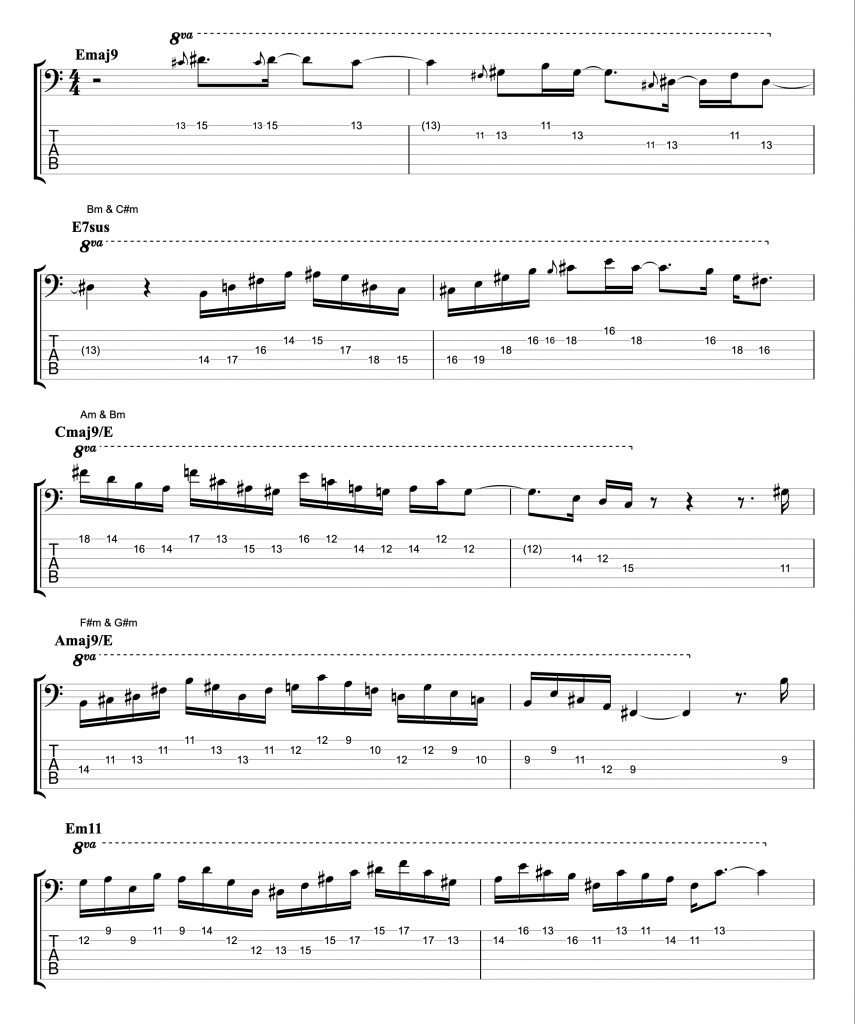The Guitar Tab Social network: A Deep Dive
Guitar tab, a system of notation that represents musical notes as letters and numbers, has long been a cornerstone of self-taught musicianship. But beyond its instructional value, guitar tab has evolved into a vibrant social network, connecting musicians worldwide through shared passion, creative collaboration, and a unique digital language.
This article explores the multifaceted role of guitar tab as a social network, examining its history, its impact on musical communities, and its evolving relationship with technology.

While the exact origins of guitar tab remain somewhat obscure, its widespread adoption can be traced back to the rise of the internet in the late 20th century. Early online forums and message boards, often dedicated to specific bands or genres, became hubs for sharing tab. Musicians, eager to learn their favorite songs, would post requests, offer their own transcriptions, and engage in lively discussions about technique and interpretation.
This early online activity laid the foundation for the modern guitar tab social network. It fostered a sense of community among musicians, regardless of geographical location, and provided a platform for knowledge sharing and mutual support.
As the internet matured, dedicated platforms emerged, specifically designed for sharing and discovering guitar tab. Websites like Ultimate-Guitar.com, Songsterr, and Chordie quickly gained popularity, offering vast libraries of tabs, user-friendly interfaces, and interactive features. These platforms transformed the way musicians accessed and consumed musical information.

The guitar tab social network encompasses a diverse range of features and functionalities:
Massive Tab Libraries: These platforms serve as vast repositories of musical knowledge, containing transcriptions for millions of songs across various genres.
User Profiles: Musicians can create profiles, showcasing their skills, sharing their favorite songs, and connecting with other members of the community.
Interactive Tools: Many platforms offer interactive features, such as auto-scrolling tab, play-along functionality, and even virtual instruments, enhancing the learning experience.
The guitar tab social network has had a profound impact on musical culture:
Democratization of Music Learning: By making musical knowledge readily accessible, these platforms have democratized music learning, empowering countless individuals to learn instruments and explore their musical passions.
The guitar tab social network continues to evolve, adapting to the changing technological landscape:
Integration with Social Media: Platforms are increasingly integrating with social media platforms like Facebook, Twitter, and Instagram, allowing users to share their musical achievements and connect with a wider audience.
Despite its many benefits, the guitar tab social network also presents some challenges:
Accuracy and Reliability: The quality and accuracy of user-generated content can vary significantly, requiring users to exercise critical judgment and cross-reference information.
The future of the guitar tab social network holds immense potential. As technology continues to advance, we can expect to see even more innovative features, such as augmented reality applications that overlay tab directly onto the guitar fretboard, and AI-powered tools that provide personalized feedback and guidance.
Furthermore, the integration of tab networks with other forms of musical expression, such as video platforms and live streaming services, will likely create new and exciting opportunities for musicians to connect, collaborate, and share their art with the world.
The guitar tab social network has revolutionized the way musicians learn, connect, and share their passion. From its humble beginnings as a collection of online forums, it has evolved into a dynamic and multifaceted ecosystem, shaping the future of music education and fostering a global community of musicians.
As technology continues to evolve, the guitar tab social network will undoubtedly continue to adapt and grow, offering new and exciting possibilities for musicians of all levels to learn, create, and connect with each other.